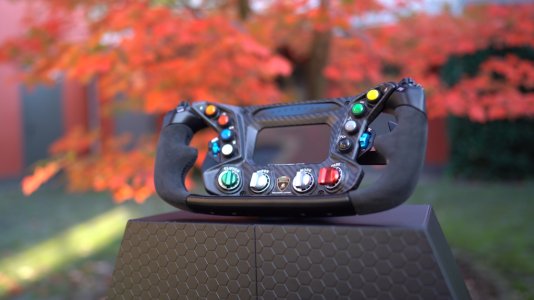Having used AMS for 18 months and read much about the brilliant FFB, I had just assumed that the "less than perfect" feedback from my TMX wheel was due to it being a fairly low end model.
However over the weekend (following the GTR2 Power & Glory article on RD) I installed GTR2 and the feedback when under-steering is like night and day when compared to AMS. It has a real feeling of grip, grip, grip, no grip as you understeer into the gravel (yeah i need to practice more to not go in the gravel !!!).
On AMS I do not get that feeling at all, so have to assume that its a settings issue. With GTR2 i just launched the game, ticked the option to reverse feedback and off I went, with great (relatively) feedback. So no special config. With AMS I have tried various things but to no avail, so can only assume I must be doing something wrong.
Anyone out there using a TMX or close relative with AMS and if so, what settings do you use? Thanks
However over the weekend (following the GTR2 Power & Glory article on RD) I installed GTR2 and the feedback when under-steering is like night and day when compared to AMS. It has a real feeling of grip, grip, grip, no grip as you understeer into the gravel (yeah i need to practice more to not go in the gravel !!!).
On AMS I do not get that feeling at all, so have to assume that its a settings issue. With GTR2 i just launched the game, ticked the option to reverse feedback and off I went, with great (relatively) feedback. So no special config. With AMS I have tried various things but to no avail, so can only assume I must be doing something wrong.
Anyone out there using a TMX or close relative with AMS and if so, what settings do you use? Thanks










